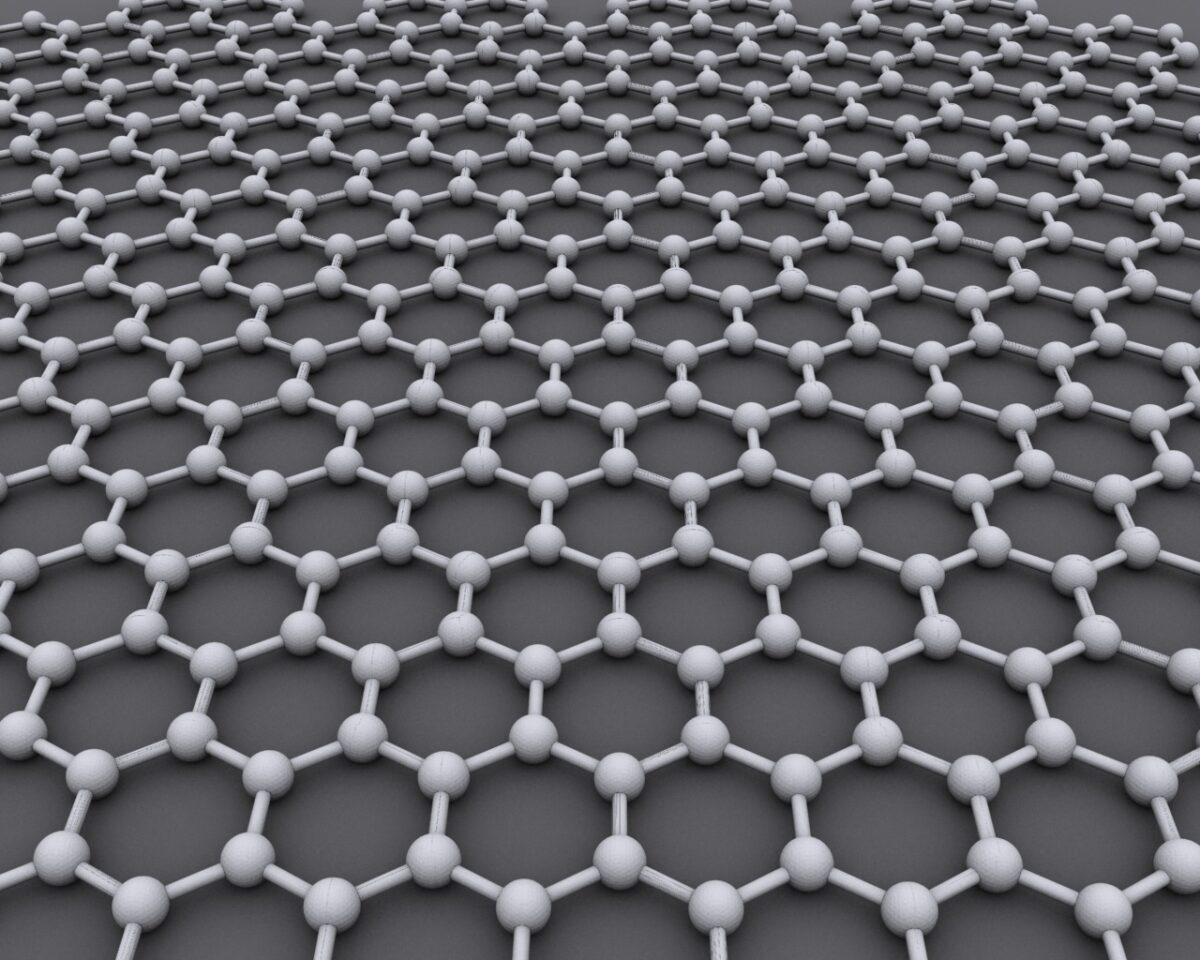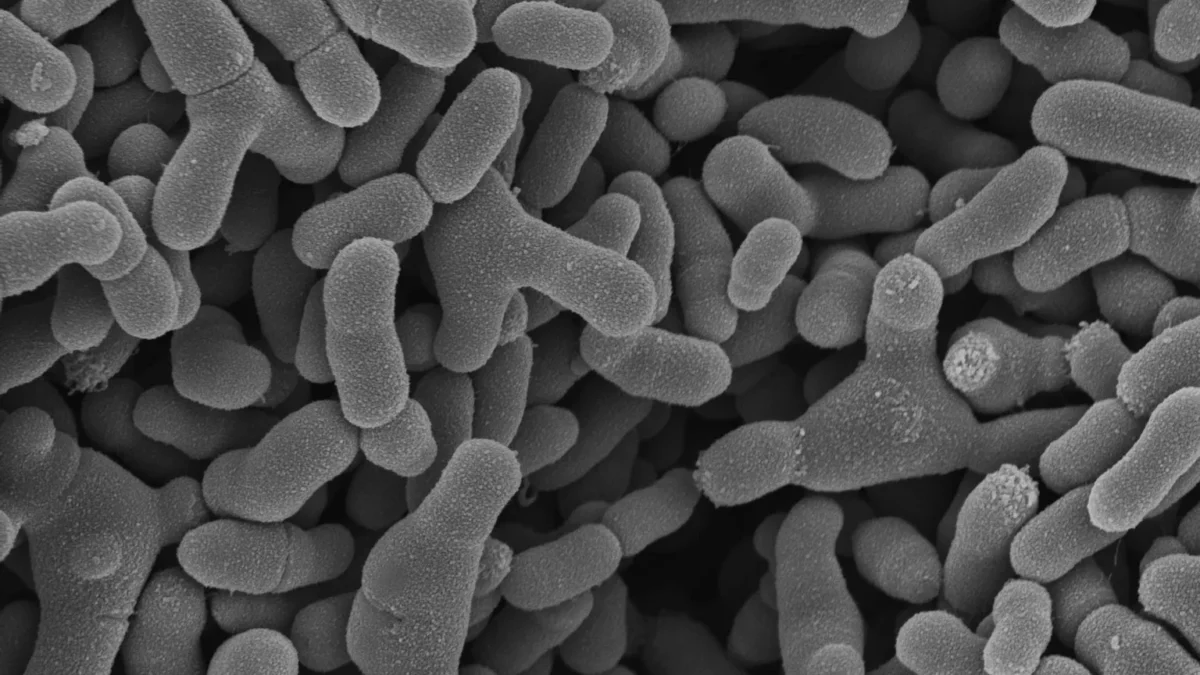 #News
#News
Graphene foam reconnects spinal cord in rats
A light, conductive material favors neural regeneration in spinal injuries, and may inspire new treatments for paralyses
 Spinal cord injuries, such as those occurring in the thoracic region (chest area) of the spine can cause paralysis. A study on rats demonstrated that graphene foam helps to reconnect the neural tissue | Image: Wikimedia Commons
Spinal cord injuries, such as those occurring in the thoracic region (chest area) of the spine can cause paralysis. A study on rats demonstrated that graphene foam helps to reconnect the neural tissue | Image: Wikimedia Commons
A team from the Material Science Institute of Madrid (ICMM) in Spain succeeded in reconnecting the spinal cords of rats with total injury at the level of the thorax, the area responsible for leg movements.
The group used a graphene foam to stimulate regeneration of the nerve tissue, as described in an article published in the journal Bioactive Materials.
“The results are evident after ten days, and even more promising after four months,” reports biologist Maria Concepción Serrano, one of the study’s authors, in an interview for the ICMM website.
She says that the treatment stimulated the growth of larger and more abundant blood vessels within the foam, crucial for nourishing the tissue and repairing the spinal cord nerves.
Promising advance for paralysis treatment
In addition to vascularization, the team observed the growth of neurites—extensions that connect neurons together—which are longer, more numerous, and well distributed within the foam.
In electroencephalogram (EEG) tests, the researchers stimulated the spinal cord region below the injury and detected a neural response in areas of the brainstem linked to motor function, indicating a successful reconnection between the spinal cord and the brain.
Spinal cord injuries, often irreversible, can cause paraplegia (loss of leg movement) or tetraplegia (paralysis of the trunk and all four limbs).
It is estimated that 6,000 to 8,000 such injuries occur in Brazil annually, according to an article published in 2019 in the journal ESTIMA – Brazilian Journal of Enterostomal Therapy.
Evolving technology
The team in Madrid had already tested the treatment on rats with partial spinal injuries, and wanted to confirm whether the foam, which promotes neuron regeneration even without any biological component, stimulates the cicatrization of total injuries.
The graphene foam used in the experiment comprises layers of graphene oxide—an ultralight, highly conductive material—thermally treated at 220 °C (428 °F).
This process eliminates the excess oxygen and reinforces the structure, increasing the mechanical stability and capacity for conducting electrical impulses.
The treatment did not fully cure the animals; they remained weak in the back legs, but managed to keep their spines straight (without the scoliosis—spine curvature—observed prior to treatment), and demonstrated greater trunk stability and column mobility.
In upcoming studies, the team intends to develop nanomedicines to further stimulate recovery of the spinal cord.
*
This article may be republished online under the CC-BY-NC-ND Creative Commons license.
The text must not be edited and the author(s) and source (Science Arena) must be credited.
News
 #News
#News
 #News
#News
 #News
#News
